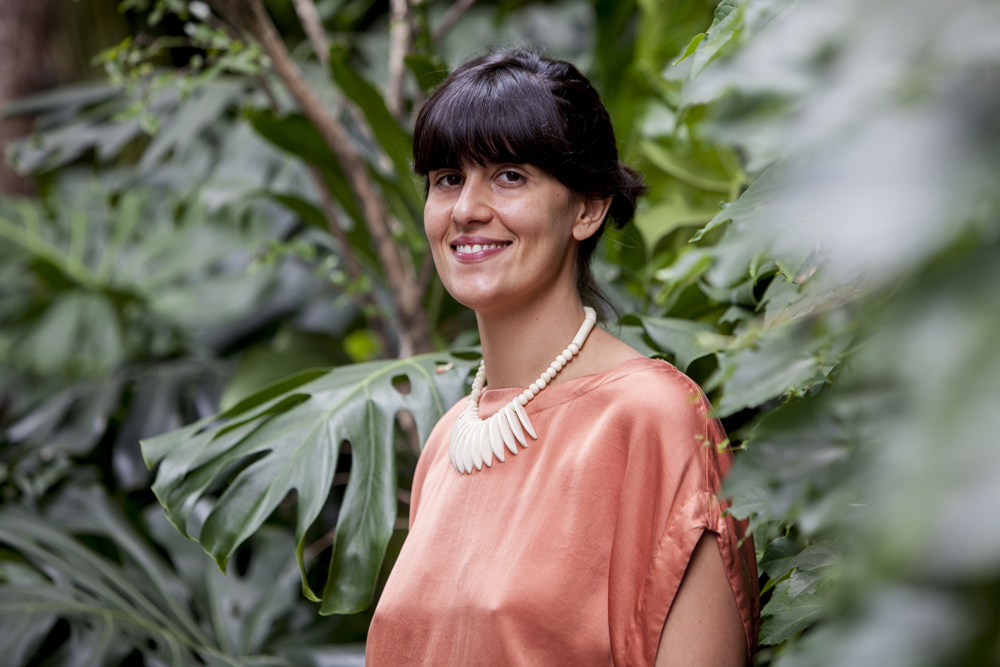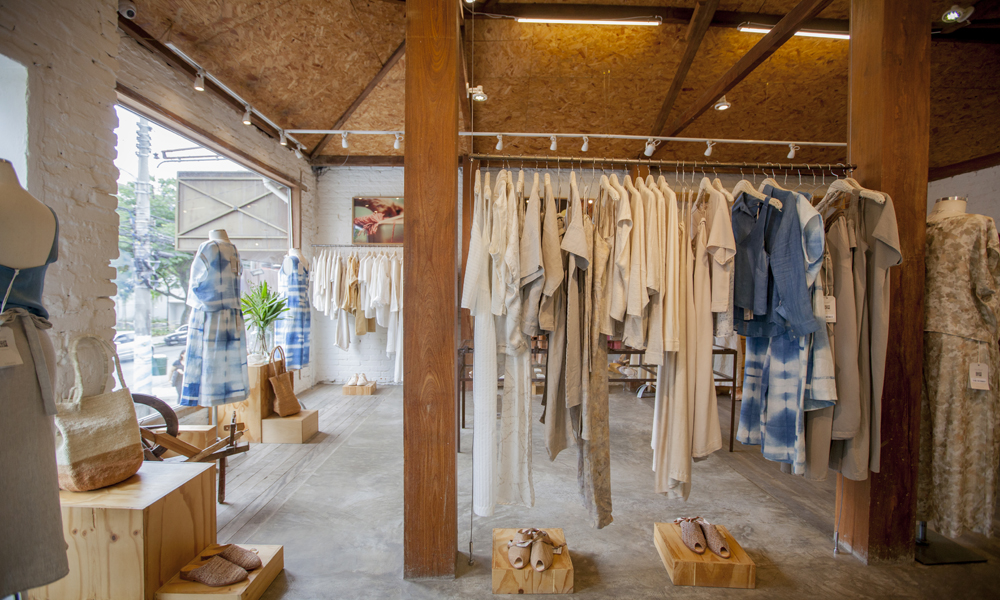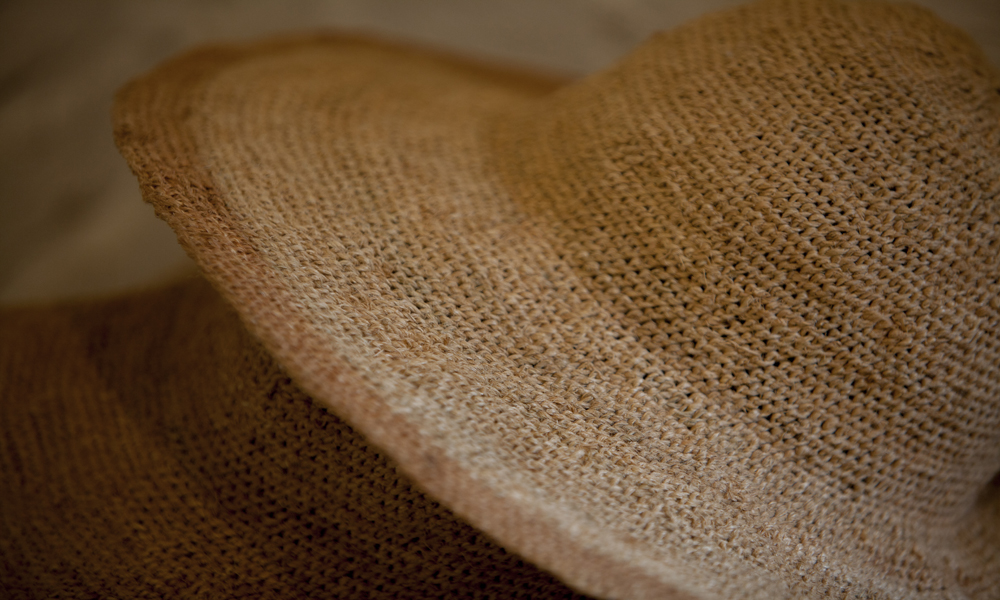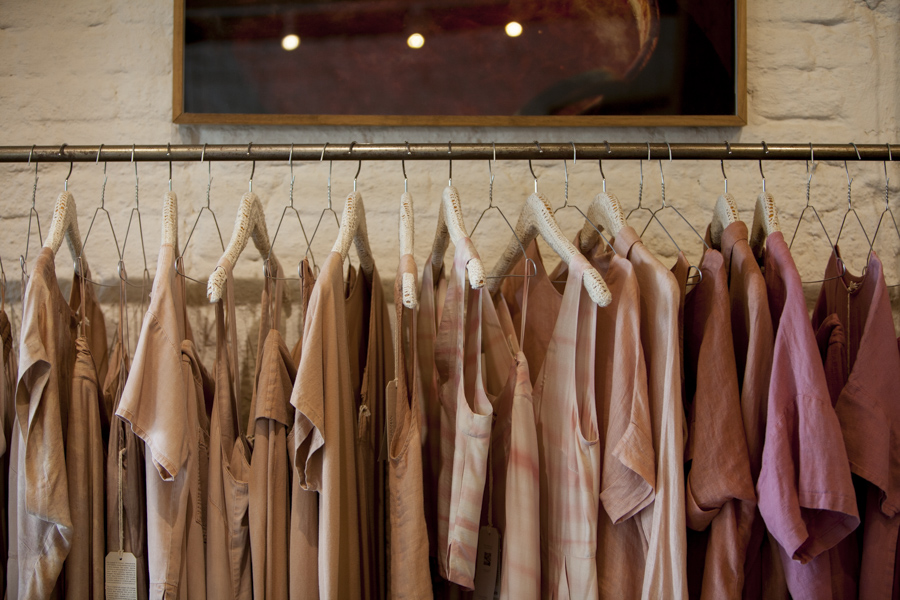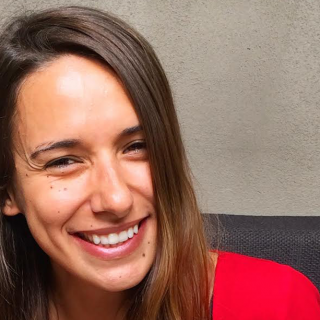Working with biodegradable weaves and dye obtained from Brazilian plants and herbs, fashion designer Flavia Aranha, 33, has been discovering the thread leading to a new kind of fashion production. “Innovation comes from joining ancestral knowledge and contemporary technologies,” she says. She runs a fashion brand that bears her name. She is developing a handmade and socially responsible haute couture, forming partnerships with communities, as well as vocational and technical institutes, throughout Brazil.
Aranha’s business model is the result of much field research; since 2016, her brand has been certified by B System, which recognizes companies that look beyond profit to find solutions to social and environmental problems. Aranha was born in Campinas, in São Paulo’s interior. When she was 17, she moved to the state’s capital to study fashion. By then, the designer was already interested in crafts and had worked with craftswomen. After graduating, she got an opportunity at a renowned company where she had the usual responsibilities and pressures: cost reduction, increasing sales, people management.
In 2007, charged with redesigning that brand’s production chain, Aranha traveled to China to better understand how the conventional fashion industry worked. What she saw there was evocative of The True Cost, a documentary about the real cost of a T-shirt sold for US$ 5 and about the impact of overconsumption on people’s lives and on the planet. “That touched me,” she says, of her experiences in China. “I understood that I was totally disconnected from who I was, from my essence and values.” Two years later, the designer opened her own brand in Vila Madalena, a stylish neighborhood in the western part of the city of São Paulo.
- The brand produces between 6-7,000 pieces per year and is based in Vila Madalena, São Paulo (Zé Gabriel/Believe.Earth)
- Hat made from Caroá (a Brazilian plant – Neoglaziovia Variegata) in Valente, Bahia, by Cooperafis, a cooperative of craftswomen (Zé Gabriel/ Believe.Earth)
- Do-It-Yourself: Aranha’s store also sells natural dyes for customers to try at home (Zé Gabriel/Believe.Earth)
Aranha decided to recover her childhood values and search for a more humane process. “I wanted to continue working with fashion but to have an identity of my own,” she says. The creation of her business model began with a trip to the interior of Pará to learn about the rural women’s lives and work. “In clothing, the beginning of everything is the soil,” she explains, “where the cotton and dyes are planted.”
Each trip she takes influences the design of a collection and gives her new ideas for solutions and products. During a holiday in Alter do Chão, Pará, Aranha visited the community of Urucureá, which works with tucumã straw and natural dyeing, and learned, with a craftswoman, how to dye with crajiru, a plant, and jenipapo, a fruit.
The brand unites 20-30 groups of Brazilian craftspeople. Many of them belong to recognized groups, such as ArteSol, an organization of low-income workers passing traditional knowledge along from generation to generation. Another example is the Cooperativa Regional de Artesãs Fibras do Sertão (Cooperafis), in Bahia, which is dedicated to working with caroá, a plant that supplies fibers used in Aranha’s bags and hats.
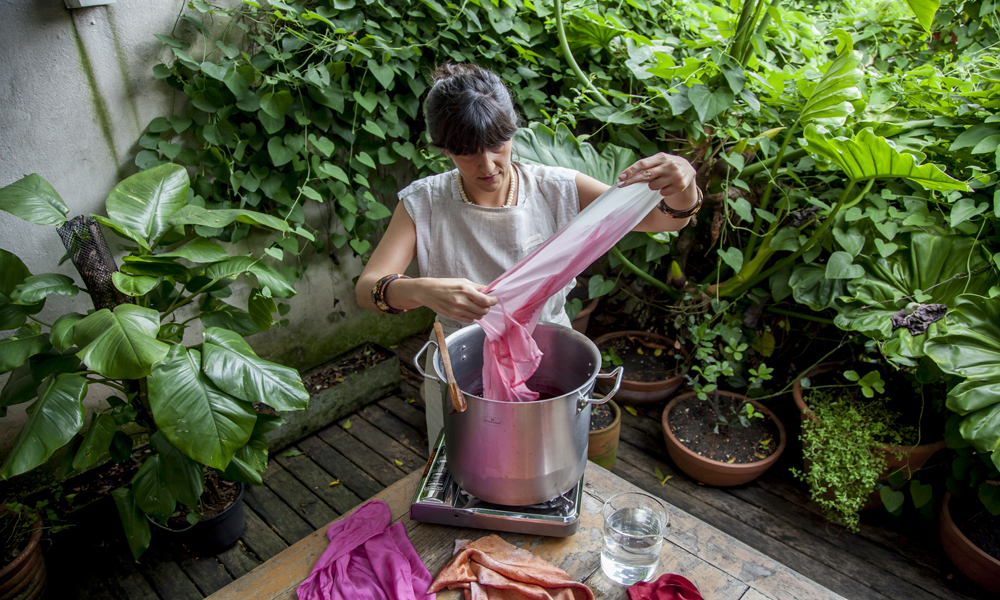
Aranha dyes some fabric using sawdust from redwood, in her atelier garden in São Paulo (Zé Gabriel/Believe.Earth)
The redwood Aranha uses for dyeing fabrics, which may yield a reddish tone of greater or lesser intensity, comes from sawdust discarded by a violin arches factory in Espírito Santo, a state in southeastern Brazil. “Waste is an important raw material for us,” says Aranha. “I used to work for an industry where it was possible to create the shade of red I wanted, but at what cost?”
Aranha’s trip to Aracruz, a city on the central coast of Espírito Santo, in search of redwood, inspired the video below, part of a series showing how her clothes are made. Each piece comes with a QR Code on the label that allows access to the movies, but you can also watch them on her YouTube channel.
SUSTAINABLE RAW MATERIAL
Aranha’s challenge for the next few years is to manage the growth of the company without losing the originality and ideals that have sustained it up to now. She is investigating new raw materials, such as natural latex, an alternative to animal leather, produced from a rubber tree in the Amazon, to make shoes, bags, coats and umbrellas. She also plans to create a new line bringing natural dyeing processes to an industrial scale. Aranha has recently begun working with the National Industrial Apprenticeship Service (Senai) to develop a way to do this.
“The cost will decrease as we can dye more fabrics in less time, using fewer plants, and less water and energy,” says Aranha. “The goal is to have more affordable products to attract other types of customers, who want more ethical clothing, but may not be able to pay for it at the current prices.”
- The botanical printing technique uses the chemical reaction of plants, printing their colors and shapes in the fabric (Zé Gabriel/Believe.Earth)
- Clothes dyed with plant extracts, such as onion peel, from small producers in the interior of the state of São Paulo (Zé Gabriel/Believe.Earth)
A social business accelerator is now investing in the brand. Aranha has shared what she has learned with other fashion entrepreneurs in workshops on natural dyeing. “We decided to give a meaning to the profit, understanding how important it is when it is directed to something with a positive impact, and adopt a mixed model that does not meet this logic of reducing price to increase sales,” says the designer. “Our efforts alone are not going to save the world, but we’re working for that and we hope the issues will be different 15 years from now.”
